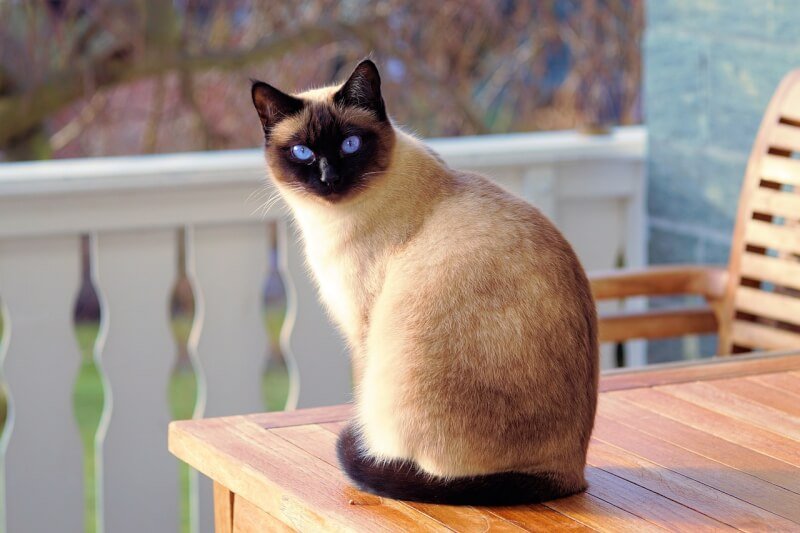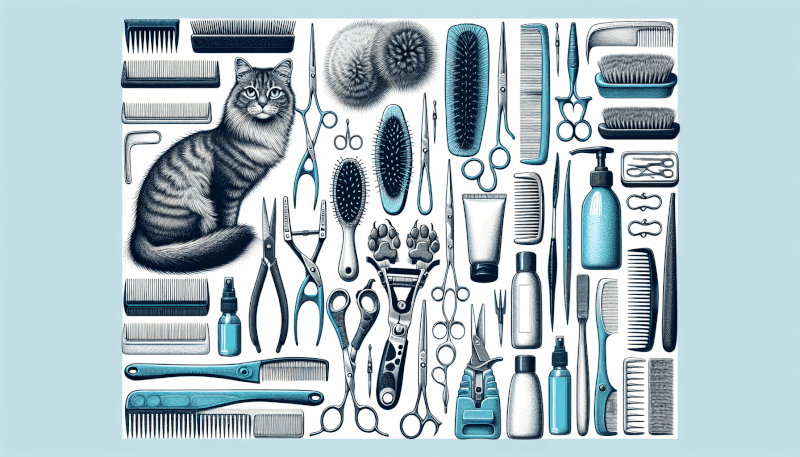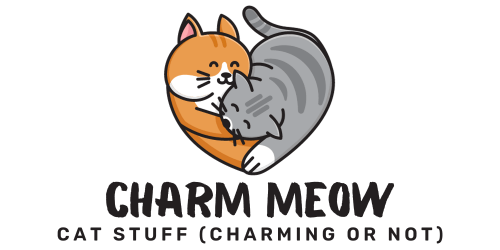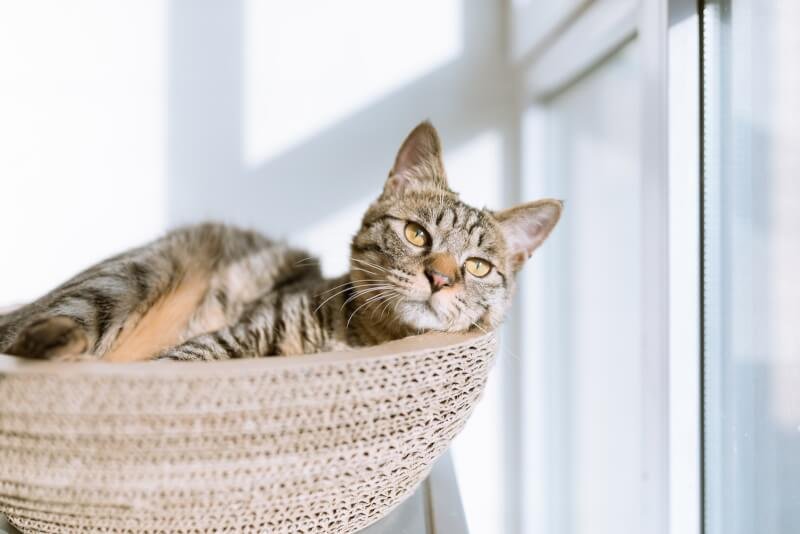Are you a cat lover looking to improve your pet’s grooming routine? Look no further! In this essential guide, you’ll find a comprehensive overview of the must-have cat grooming tools and supplies. From brushes and combs to nail clippers and shampoos, we’ve got you covered. Whether you’re a seasoned cat owner or a first-time pet parent, this article will help you navigate the vast array of products available, ensuring your furry friend stays healthy, happy, and immaculately groomed. So, grab a cup of coffee, sit back, and let’s embark on this exciting journey into the world of cat grooming together!

1. Brushes and Combs
Types of brushes
There are several types of brushes that can be used for grooming your cat. The most common types include:
- Bristle brushes: These brushes are made with natural or synthetic bristles and are great for removing loose hair and adding shine to your cat’s coat.
- Slicker brushes: These brushes have fine, short wires close together, making them perfect for removing tangles and mats from your cat’s fur.
- Rubber brushes: These brushes have rubber bristles that help remove loose hair and stimulate blood circulation in your cat’s skin.
- Shedding brushes: These brushes have specially designed bristles that efficiently remove loose hair from your cat’s undercoat, reducing shedding.
Types of combs
Combs are another important tool for grooming your cat’s fur and removing tangles. Some common types of combs include:
- Fine-toothed combs: These combs have closely spaced teeth and are effective in removing small tangles and mats.
- Wide-toothed combs: These combs have wider spacing between teeth and are suitable for cats with longer, thicker fur.
- Flea combs: Flea combs have very fine teeth that trap and remove fleas, flea eggs, and other debris from your cat’s fur.
Choosing the right brush for your cat
When choosing a brush for your cat, it’s important to consider their coat type. Long-haired cats will benefit from brushes with longer bristles and wider spacing between the teeth to prevent tangles. On the other hand, short-haired cats may require brushes with shorter bristles and closer teeth spacing. It’s also essential to consider your cat’s preferences and comfort level. Some cats may prefer softer bristles while others may prefer the feel of rubber brushes.
Choosing the right comb for your cat
Similarly to choosing a brush, the right comb for your cat depends on their fur type. Long-haired cats may require combs with longer teeth to penetrate through thick layers of hair. Short-haired cats, on the other hand, can be groomed effectively with combs that have shorter teeth. While selecting a comb, also consider the size and spacing of the teeth to ensure they are suitable for your cat’s fur length and texture.
2. Shampoos and Conditioners
Types of cat shampoos
There are various types of shampoos available for cats, each serving a specific purpose. Some common types include:
- General cat shampoos: These shampoos are suitable for regular baths and help maintain the overall cleanliness of your cat’s coat.
- Medicated shampoos: Medicated shampoos are formulated to address specific skin conditions such as dryness, allergies, or fungal infections.
- Waterless shampoos: As the name suggests, waterless shampoos don’t require rinsing and are convenient for quick touch-ups or cats who dislike water.
Types of cat conditioners
Conditioners are used to moisturize and detangle the fur, leaving it soft and manageable. The different types of conditioners include:
- Leave-in conditioners: These conditioners are applied after bathing and do not require rinsing. They provide long-lasting hydration and leave the coat smelling fresh.
- Rinse-out conditioners: Rinse-out conditioners are applied during bathing and require rinsing. They help detangle the fur and make it easier to brush.
Choosing the right shampoo and conditioner for your cat
When selecting a shampoo and conditioner for your cat, it’s important to choose products specifically formulated for cats. Human shampoos and conditioners can be too harsh for their delicate skin and may cause irritation. Additionally, consider any specific needs your cat may have, such as sensitive skin or allergies, and opt for a product that addresses those concerns. Always follow the instructions provided on the product label and ensure thorough rinsing to prevent skin irritation.
3. Nail Clippers
Types of cat nail clippers
There are different types of nail clippers designed specifically for cats. Some common options include:
- Guillotine clippers: These clippers have a hole where you insert your cat’s nail, and a blade that cuts the nail when you squeeze the handles.
- Scissor clippers: Scissor clippers resemble regular scissors and provide a clean cut when used to trim your cat’s nails.
- Plier-style clippers: Plier-style clippers have a curved cutting edge, making them ideal for cats with thicker nails.
Trimming your cat’s nails
Regular nail trimming is essential to prevent overgrowth and potential discomfort for your cat. Here’s a step-by-step guide on how to trim your cat’s nails:
- Get your cat comfortable by slowly introducing them to the clippers and rewarding them with treats.
- Gently hold your cat’s paw and press their pad to extend the nails.
- Identify the translucent portion of the nail called the quick. Only trim the pointed part of the nail, avoiding the quick.
- Position the chosen clippers and make a quick, clean cut.
Safety precautions while clipping your cat’s nails
It’s important to exercise caution while trimming your cat’s nails to avoid any accidental injuries. Take note of the following safety precautions:
- Use specially designed cat nail clippers and never attempt to trim their nails with regular scissors or clippers.
- Start with short trimming sessions to allow your cat to become accustomed to the process.
- If you’re unsure about trimming your cat’s nails, consider seeking professional grooming assistance.
4. Ear Cleaning Tools
Types of cat ear cleaners
There are various cat ear cleaners available, and they usually come in liquid or wipe form. Common types include:
- Liquid ear cleaners: These solutions are applied directly to your cat’s ears to remove wax and debris. Some can also help prevent ear infections.
- Ear wipes: These pre-moistened wipes provide a convenient option for gently cleaning your cat’s ears.
How to clean your cat’s ears safely
Cleaning your cat’s ears helps prevent wax buildup, debris, and potential infections. Here’s how to clean your cat’s ears safely:
- Choose a cat ear cleaner that is safe and formulated specifically for feline ears.
- Gently hold your cat’s ear and apply a few drops of the ear cleaner into the ear canal.
- Massage the base of the ear for a few seconds to allow the solution to loosen any wax or debris.
- Use a cotton ball or ear wipe to gently wipe away the loosened wax and debris.
- Repeat the process on the other ear if necessary, and reward your cat with treats and praise for their cooperation.

5. Eye Care Supplies
Types of cat eye care supplies
Cats are prone to eye discharge and tear stains, so it’s essential to have the right eye care supplies. Some common options include:
- Eye wipes: These wipes are specifically designed to remove eye discharge and tear stains gently.
- Eye drops: Eye drops are used to relieve dryness or irritation in your cat’s eyes, but their use should be guided by a veterinarian.
How to clean your cat’s eyes
Cleaning your cat’s eyes not only keeps them looking fresh but also helps prevent eye infections. Here’s a simple process to follow:
- Use a clean, damp cloth or eye wipe to gently wipe away any discharge or tear stains around your cat’s eyes.
- Be careful not to touch their eyes directly or overclean, as this can cause irritation.
- If you notice any redness, swelling, or excessive discharge, it’s important to consult a veterinarian for proper diagnosis and treatment.
6. Dental Care Products
Types of cat dental care products
Maintaining your cat’s dental hygiene is vital for their overall health. Consider the following dental care products:
- Cat toothbrushes: These brushes have smaller, softer bristles compared to human toothbrushes and are designed to fit comfortably in a cat’s mouth.
- Cat toothpaste: Cat toothpaste is specially formulated with flavors appealing to cats and is safe for them to swallow.
Brushing your cat’s teeth
Regular brushing of your cat’s teeth helps prevent dental diseases such as tartar buildup and gingivitis. Follow these steps to brush your cat’s teeth:
- Introduce your cat to the toothbrush and toothpaste gradually. Allow them to investigate and reward them with treats.
- Apply a small amount of cat toothpaste on the toothbrush bristles.
- Gently lift your cat’s lips and brush their teeth using circular motions.
- Focus on the outer surfaces of the teeth, as these areas are most prone to tartar buildup.
- Gradually increase the brushing time as your cat becomes more comfortable.
Other dental care options for your cat
If your cat is resistant to tooth brushing, there are alternative dental care options available, such as dental treats, dental rinses, and dental gels. While these options can help maintain dental health, they should not be used as a substitute for regular tooth brushing.

7. Grooming Gloves
Benefits of grooming gloves
Grooming gloves provide an alternative method of grooming that many cats find more comfortable. Some benefits of using grooming gloves include:
- Gentle massage: The soft rubber bristles on grooming gloves provide a gentle massage for your cat, increasing blood circulation and promoting relaxation.
- Effective hair removal: The glove’s design allows for easy and efficient removal of loose hair, helping to reduce shedding.
How to use grooming gloves effectively
Here’s how you can use grooming gloves effectively to groom your cat:
- Put on the grooming glove and allow your cat to sniff and become familiar with it.
- Stroke your cat’s fur in long, gentle motions to remove loose hair and tangles.
- Pay attention to areas where your cat enjoys being groomed the most, such as their chin or behind the ears.
- Remove the accumulated hair from the glove during and after grooming.
- Reward your cat with treats and praise to make the grooming experience positive.
8. Deshedding Tools
Types of deshedding tools
Deshedding tools are designed to remove loose hair from your cat’s undercoat, reducing shedding. Common types of deshedding tools include:
- Deshedding brushes: These brushes have specially designed edges that efficiently remove loose hair from your cat’s undercoat.
- Deshedding combs: These combs have long teeth that penetrate deep into the fur to remove loose hair and prevent matting.
Using deshedding tools to control your cat’s shedding
To effectively use deshedding tools on your cat, follow these steps:
- Choose the appropriate deshedding tool based on your cat’s fur length and texture.
- In a gentle and non-threatening manner, introduce the deshedding tool to your cat, allowing them to sniff and investigate it.
- Starting at the neck, slowly brush or comb your cat’s fur in the direction of hair growth.
- Pay particular attention to areas where shedding is most noticeable, such as the back, sides, and tail.
- Be cautious not to apply too much pressure or use excessive force, as this can cause discomfort for your cat.

9. Hair Clippers
Types of cat hair clippers
Hair clippers are used for trimming your cat’s fur. There are different types of clippers suitable for various fur lengths and textures. Common types include:
- Corded clippers: These clippers have a power cord and are suitable for long grooming sessions as they don’t require recharging.
- Cordless clippers: Cordless clippers are battery-operated and provide more freedom of movement, making them convenient for grooming cats.
Trimming your cat’s fur with clippers
While some cats may not require regular hair trimming, others with longer fur may benefit from occasional trims to prevent matting and tangles. When trimming your cat’s fur with clippers, keep the following tips in mind:
- Ensure your cat is calm and comfortable before starting the trimming process.
- Use a comb to separate the fur and guide the clippers smoothly through the hair.
- Start with a higher guard length and gradually decrease it if necessary.
- Be cautious when trimming around sensitive areas such as the face, paws, and tail, using extra care to avoid any accidents.
Safety tips for using hair clippers on your cat
When using hair clippers on your cat, it’s important to prioritize their safety. Follow these safety tips:
- Use clippers specifically designed for cats to ensure they are safe and effective.
- Keep the clippers clean and free from hair buildup to maintain their performance.
- Take breaks during the grooming process to prevent the clippers from overheating.
- If your cat becomes anxious or stressed during the trimming process, consider seeking professional grooming assistance.
10. Grooming Tables and Restraints
Benefits of grooming tables
Grooming tables provide a stable and elevated surface for grooming your cat, offering several benefits:
- Easy access: Grooming tables raise your cat to a comfortable height, making it easier to reach all areas of their body.
- Reduced stress: Many cats feel more secure and less anxious when placed on a stable grooming table, allowing for a more relaxed grooming experience.
- Organization: Grooming tables often come with built-in compartments or hooks for storing grooming tools, keeping everything within reach.
Using grooming restraints to keep your cat still during grooming
Grooming restraints are essential tools for keeping your cat still and minimizing the risk of accidental injuries during grooming. Here’s how to use grooming restraints effectively:
- Choose a restraint system that is safe and appropriate for your cat’s size and temperament.
- Introduce the restraint gradually, allowing your cat time to become familiar with the equipment.
- Secure the restraint around your cat’s body, ensuring it’s snug but not too tight.
- Keep a close eye on your cat’s behavior during grooming and release the restraint if they show signs of distress or discomfort.
- Always reward your cat with treats and praise after successful grooming sessions to reinforce positive associations with the restraint.
In conclusion, grooming your cat is an essential part of their overall care and well-being. By understanding the different grooming tools and supplies available, you can ensure your cat’s coat, nails, ears, eyes, and teeth are kept in optimal condition. Remember to choose the appropriate tools based on your cat’s specific needs and always prioritize their safety and comfort during grooming sessions. With the right tools and a gentle approach, you can help keep your cat looking and feeling their best.



